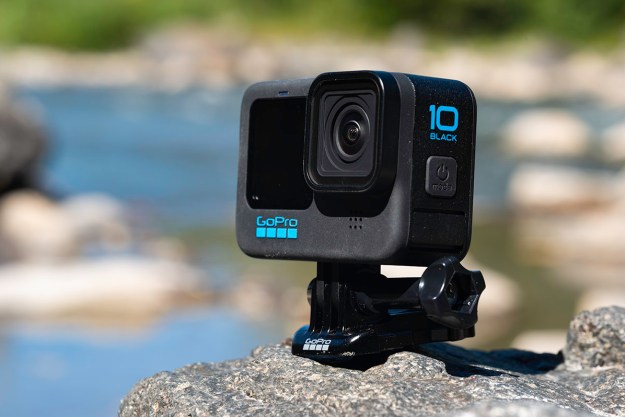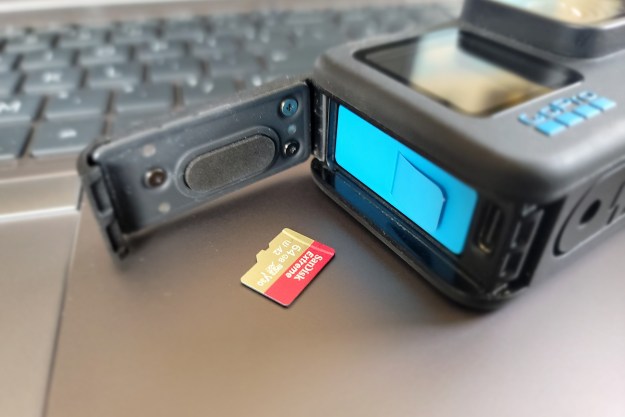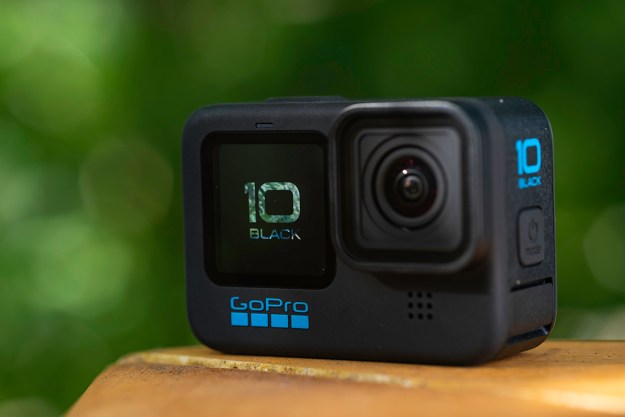While the underlying technology that makes live-streaming possible is highly complex, the process of using it couldn’t be easier. Thanks to Facebook and YouTube, a few taps on your smartphone is all it takes to go live before a remote audience of family, friends, or the entire world. But for those of us looking to add a bit more production value into our live-streams, the options are limited and the cost can be prohibitive.
Enter the Freecast, a wireless video transmitter and receiver system that can connect to any camera with an HDMI port to transform it into a live-streaming device. With a 500-meter range, the Freecast will work in a variety of situations, although the company says best results in testing occur within 100 meters. The receiver connects to an iOS device which takes the transmitted video signal and sends it on to Facebook or YouTube. For non-live-streaming use, the receiver can also connect to any HDMI monitor for off-camera viewing.
Freecast is clear that it does not intend for this product to be used in professional television studios; it is focused on independent filmmakers and vloggers. YouTubers with DSLR or mirrorless cameras can use the Freecast to more closely match the look of their live broadcasts with their standard, non-live productions as they can use the same camera for both applications. The cinematic look created with such cameras should help more serious creatives stand out from the crowd when it comes to live-streaming.
Three versions of the Freecast exist, with the high-end Universal model being the only one that can live-stream from any HDMI camera (including the GoPro Hero5 Black). The Professional and Standard models are specifically designed to work with the GoPro Hero3 and Hero4 and use a unique case for those cameras.
Freecast is currently seeking funding for the product on Kickstarter, and while it appears the campaign wasn’t an overnight success, it is still well on its way to reaching its goal. With 17 days left to go, it has raised nearly $35,000 of the $50,000 target. Backers can get the Freecast Standard for as low as $299, while the Professional goes for $375. The Universal Kit is available for $499, $100 off the planned MSRP.
As always, it’s worth remembering that even successful crowdfunding campaigns are not guaranteed to pan out. Interested backers should review the campaign thoroughly before making a pledge; but this is definitely the type of device we would like to see make it to market.
Editors' Recommendations
- The 15 best GoPro accessories in 2024
- GoPro Hero 11 Black leak suggests a moderate upgrade
- GoPro takes to the skies with the Hero10 Black Bones
- Fox Weather expands to new streaming, linear platforms
- GoPro keeps recording as parrot steals it from tourists and flies off




